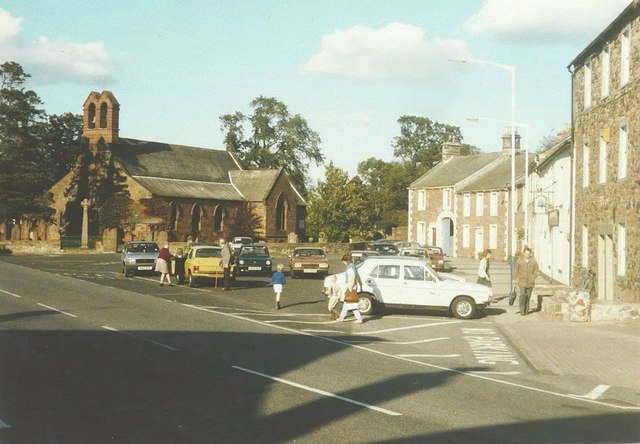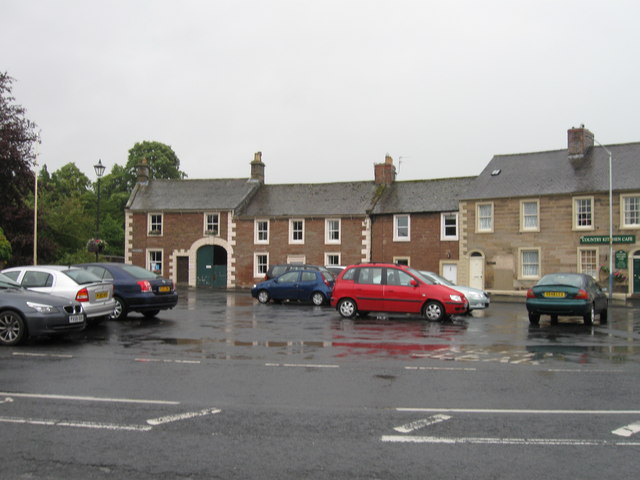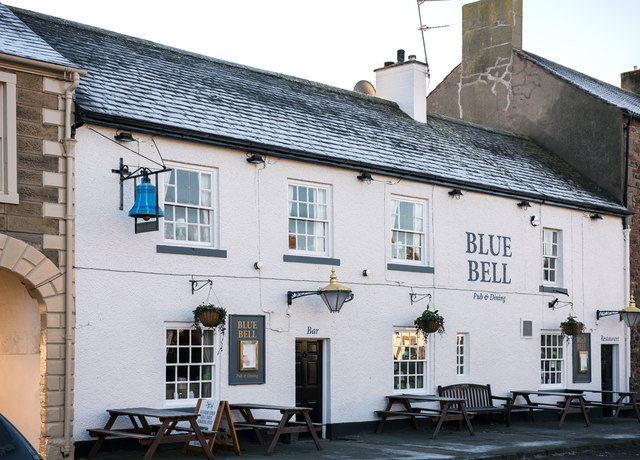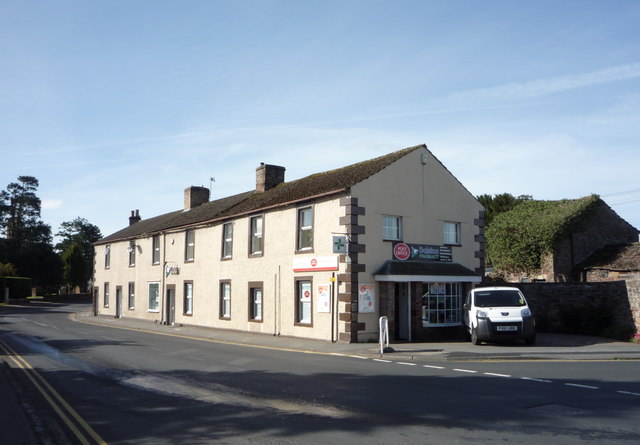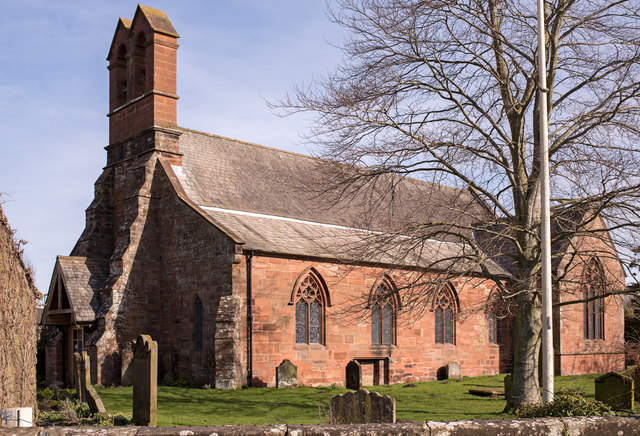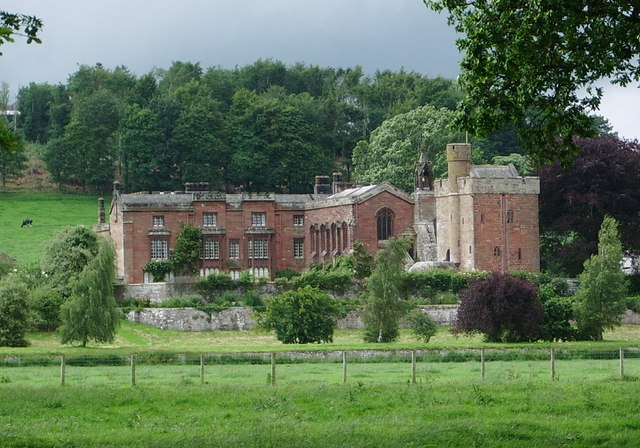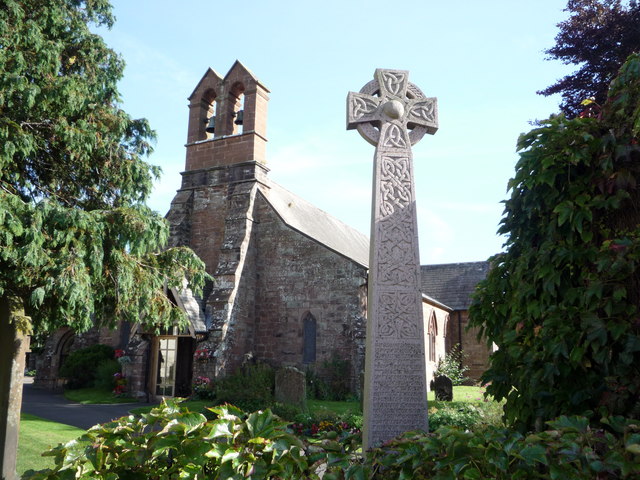Topics > Dalston
Dalston
Dalston is a large village and civil parish within the Carlisle district of Cumbria, historically, part of Cumberland. It is situated on the B5299 road 4 miles (6 km) south-south-west of Carlisle city centre, and approximately 5 miles (8 km) from Junction 42 of the M6 motorway.
The village is on the River Caldew, just to the north of where the Roe Beck joins the river. It is served by the Dalston railway station on the Cumbrian Coast Line between Carlisle, Workington + Barrow-in-Furness.
Historic buildings
Rose Castle, home of the Bishop of Carlisle for many centuries until 2009, is within the parish of Dalston, 1.5 miles (2 km) from the heart of the village. The Architects Anthony Salvin and Thomas Rickman were responsible for the alterations which took place in the 19th Century.
Dalston Hall is a grade II* listed fortified house which is now a country house hotel.
Dalston has two churches; St Michael's + All Angels Church.
Governance
There is a county electoral division of Dalston, stretching north towards Carlisle, with a total population at the 2011 United Kingdom census of 6,051.
Education
There are two schools in Dalston, St. Michaels Primary School and Caldew Secondary School.
Economy
There is a Nestlé factory producing powdered milk, a BP fuel depot and the Barras Lane trading estate.
Notable people
- Sir James Graham, 2nd Baronet (1792–1861) was educated at Dalston.
- Georgiana Harcourt (1807–1886), translator, was born at Dalston while her father Edward Venables-Vernon-Harcourt was Bishop of Carlisle.
- William Paley (1743–1805), was Vicar of Dalston in the 1780s.
- Edward Rainbowe (1608–1684) lived here while Bishop of Carlisle.
- George Robinson (1737–1801), London publisher, was born here.
- Musgrave Watson (1804–1847), sculptor, was born here.
Visit the page: Dalston, Cumbria for references and further details. You can contribute to this article on Wikipedia.
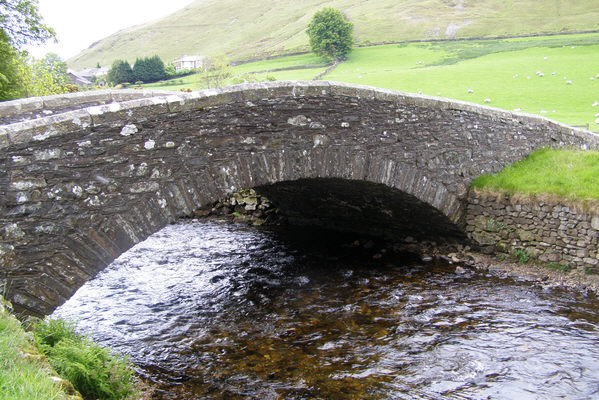
Co-Curate Page
River Caldew
- Overview About the River Caldew The Caldew is a river in Cubria which is a tributary of the River Eden. It arises up on Skiddaw and flows through the settlements …
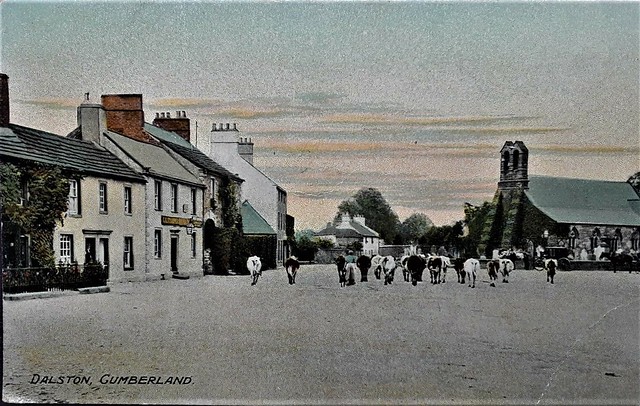
from Flickr (flickr)
VERY EARLY 1900s COLOUR PRINTED POSTCARD DALSTON,CUMBERLAND IN CARLISLE
Pinned by Peter Smith


Co-Curate Page
River Caldew
- Overview About the River Caldew The Caldew is a river in Cubria which is a tributary of the River Eden. It arises up on Skiddaw and flows through the settlements …

from Flickr (flickr)
VERY EARLY 1900s COLOUR PRINTED POSTCARD DALSTON,CUMBERLAND IN CARLISLE
Pinned by Peter Smith
